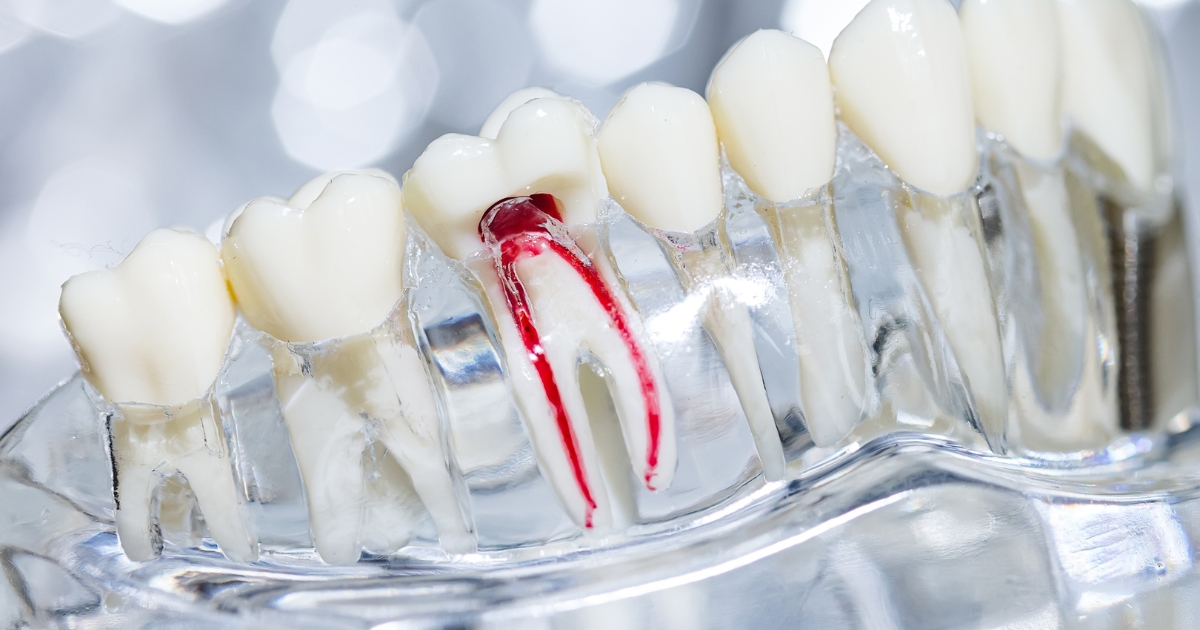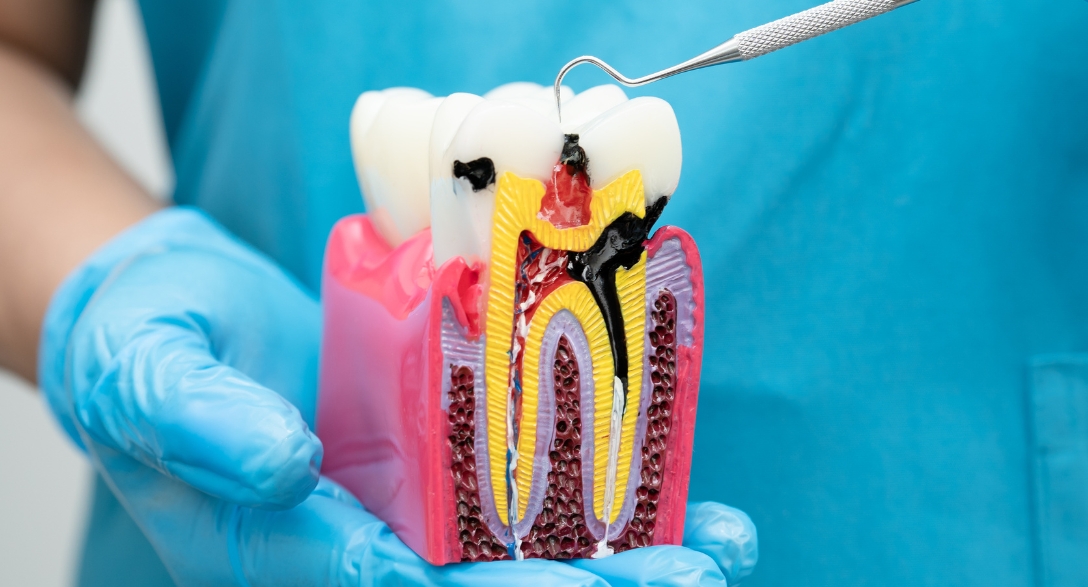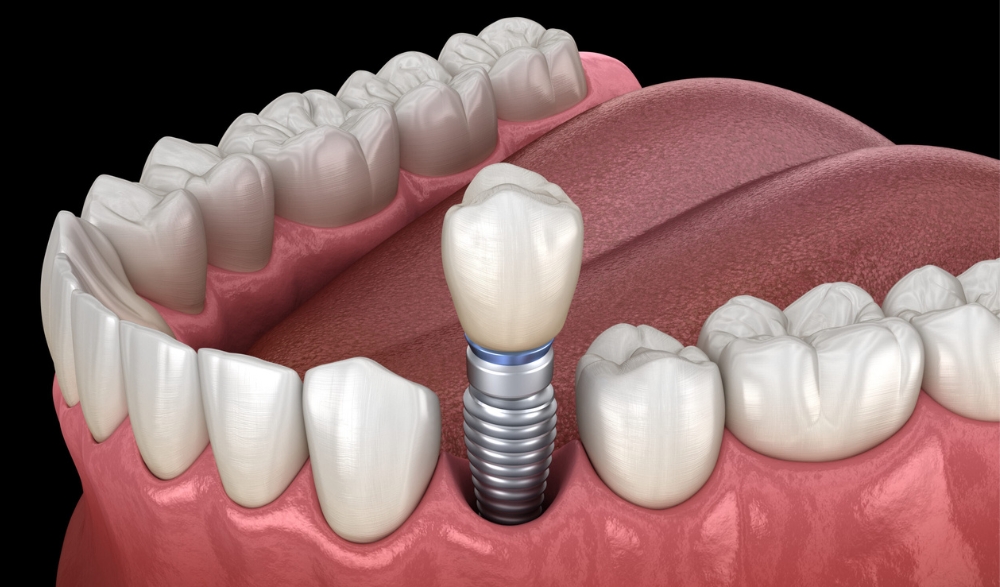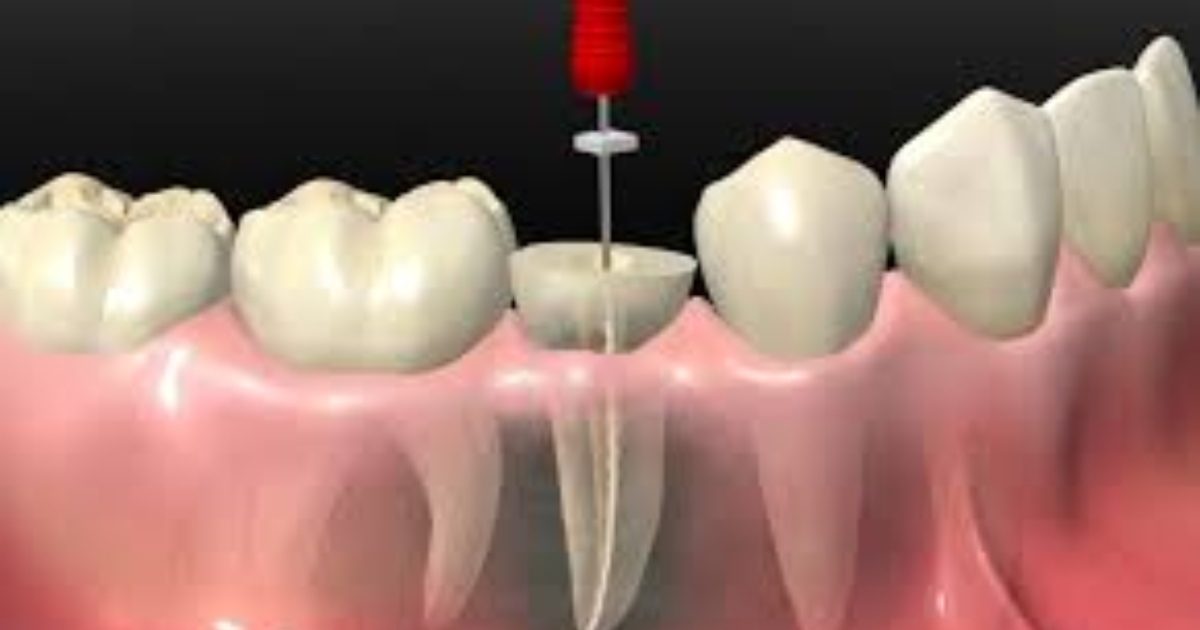Call Us Today 817-737-7668

Have you completed a root canal, but the pain returns? It is an unexpected and frustrating dental twist. Many patients feel confused when discomfort reappears after this treatment.
Sharp throbbing, gum swelling, or tooth sensitivity often signal the possible failure of this treatment. Although a second treatment on the same tooth sounds alarming, it remains a common solution.
What Is a Root Canal Retreatment?
Root canal retreatment is a second procedure performed on a tooth that has already been treated. It’s directed at the same tooth that failed to heal successfully following the initial treatment. During the initial treatment, the dentist removes and seals infected pulp (tooth tissue within the root).
Occasionally, the infection persists or recurs. It results in a root canal failure. Retreatment is when the tooth is reopened, the old filling is removed, and the canals are cleaned again. Then, the dentist disinfects the tooth and seals it again to prevent treatment failure.
This procedure can involve specialized equipment, such as dental microscopes, to reach hidden canals. An endodontist usually performs complicated retreatments for optimal success. With good care, a retreatment can preserve your natural tooth for years.
Common Reasons Why a Root Canal Will Fail
1. Hidden or Missed Canals
Some teeth contain tiny turning canals that are difficult to see during this procedure. If the dentist overlooks even one, it will cause treatment failure in the future.
2. New Infection
Despite a successful procedure, new decay or gum infection can allow bacteria back in. This recontamination leads to pain, swelling, and potential treatment failure.
3. Inadequate Sealing
Saliva and bacteria penetrate the root canal system if the tooth is not appropriately sealed. That can cause infection and treatment failure.
4. Delay in Crown Placement
Postponing the crown following this procedure exposes the tooth to bacteria and trauma. This compromises the tooth and enhances the likelihood of the failure of this procedure.
5. Cracked Tooth
Cracks or fractures permit bacteria to invade the cleaned treatment space. This can form a new infection and destroy the previous dental work.
Knowing these problems helps guard your tooth against another failure of this treatment. Early treatment and care lower the possibility of requiring a second treatment.
Symptoms You May Need a Second Root Canal
You must be aware of these symptoms that indicate your previous root canal may have failed:
- If you get continuous or recurring pain in the treated tooth.
- When swelling or tenderness in the surrounding gums continues.
- If you get a pimple-like bump or gum abscess.
- When you face the issue of darkening or discoloration of the tooth.
If these symptoms appear, your treatment may require a second examination.
You must not dismiss them. Root canal failure only gets worse if you leave them untreated. A second root canal may seem intimidating. However, it’s usually the best option to save your tooth. Root canal retreatments are successful when detected early, particularly by professional endodontists.
Recognize the signs of failure of this treatment and seek help without delay. If you’re experiencing discomfort after this dental procedure, contact our office for an evaluation today. Your smile deserves lasting comfort—don’t wait for the pain to return.





